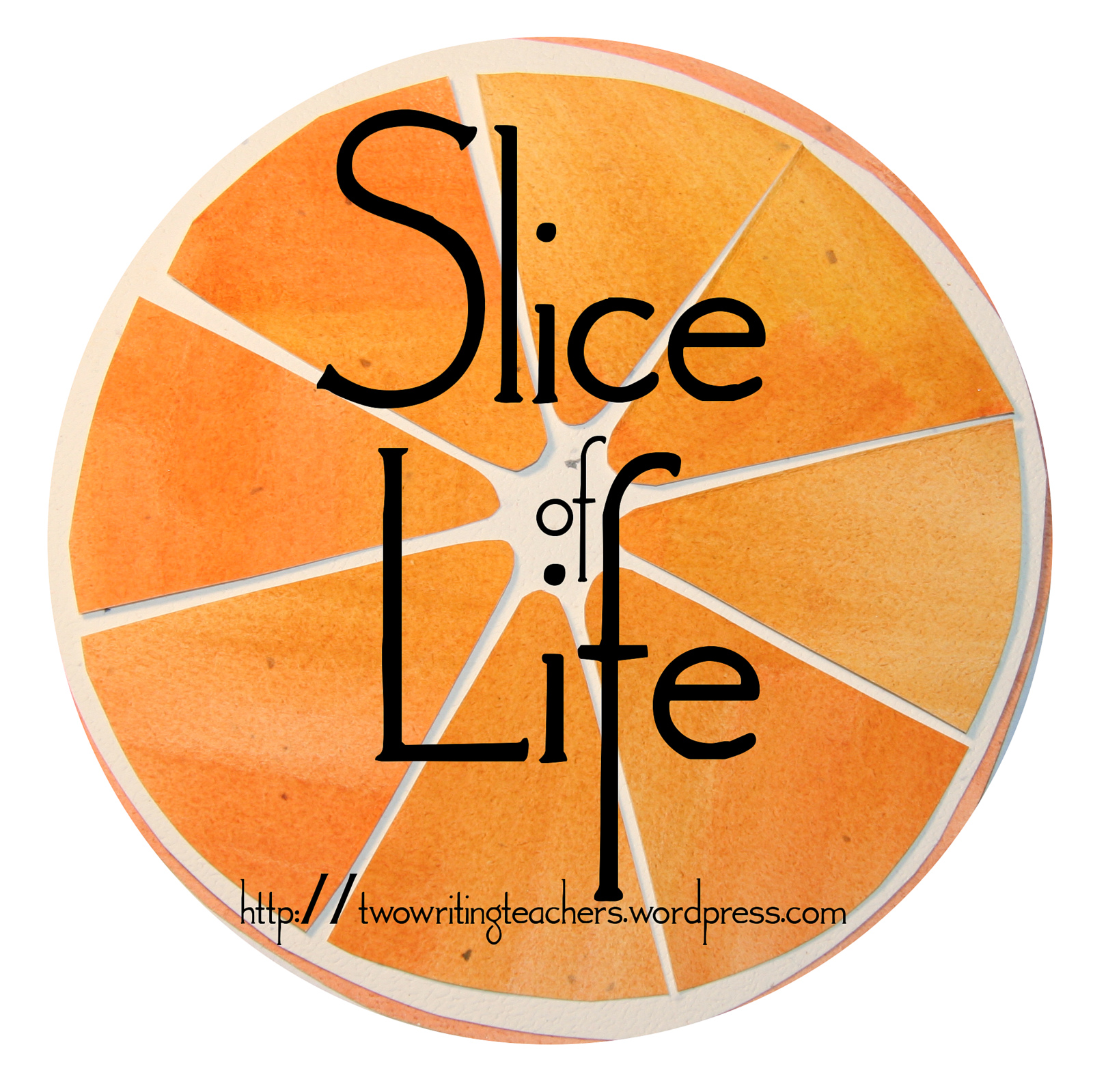We were at our local Giant--which had lost power. My friend was a generic dream-friend, faceless and voiceless.
Before we reached the space, the Caprice rear-ended us. The old woman driving was going to steal out space by backing-in first. And she did.
Wrankled, I took a photo of her doing it with my phone. And I yelled generic dream-language, wordless and soundless.
She didn't like that I took her photo, so she pulled out and drove towards the end of the parking lot. Several police cars were pulled to the side of the road along with other cars. We followed in our truck and parked get to a policeman first. I had evidence.
The road was dark and shadowy. Patches of light created a herringbone of shadow--the moon, headlights, streetlights, stars--in places the low clouds covered sky the like grey flannel in texture and color.
Policemen and volunteers entered the wheat field along the roadside. Apprehension, tension, nerves defined their cautious steps as they disappeared from the road. Swallowed by the field. They would begin scouring the waist-high wheat for a missing child. None were interested in our dispute. What was going on was serious.
Nevertheless, the old woman garnered the attention of one policeman--all in dark blue and black. Away from me, he briefly interviewed her and then my faceless friend. He never interviewed me or asked to see the photographic evidence. But I would be the only one punished.
My neighbor--an older man who I do not get along with in real life--appeared and delivered the verdict.
For my malfeasance I would have to apologize to her.
And that is where the dream erodes and crumbles and I wake up. Still, I can recall the scraps of the dream--I was not happy about the veridct.
And I kept turning the word malfeasance over and over--saying it--thinking it.
I woke up saying malfeasance to myself. It is a word which I don't use in my daily language. And as I write I have questions around my dream:
- how do words (words we never use) become burned into some recess of our brain? and how was it retrieved? am I dreaming of vocabulary? if so, #nerd.
- what is going on with the wheat field and the missing child?
- I knew Chevy Caprice. How did I know Chevy Caprice? I'm not a car guy in the least, but when I Googled "Chevy Caprice" that was the car in my dream. And a robins-egg blue Caprice is searchable. Again, where does that come from in our brains? What released that image and term in my sleep into some kind of reasonable coherent narrative?















